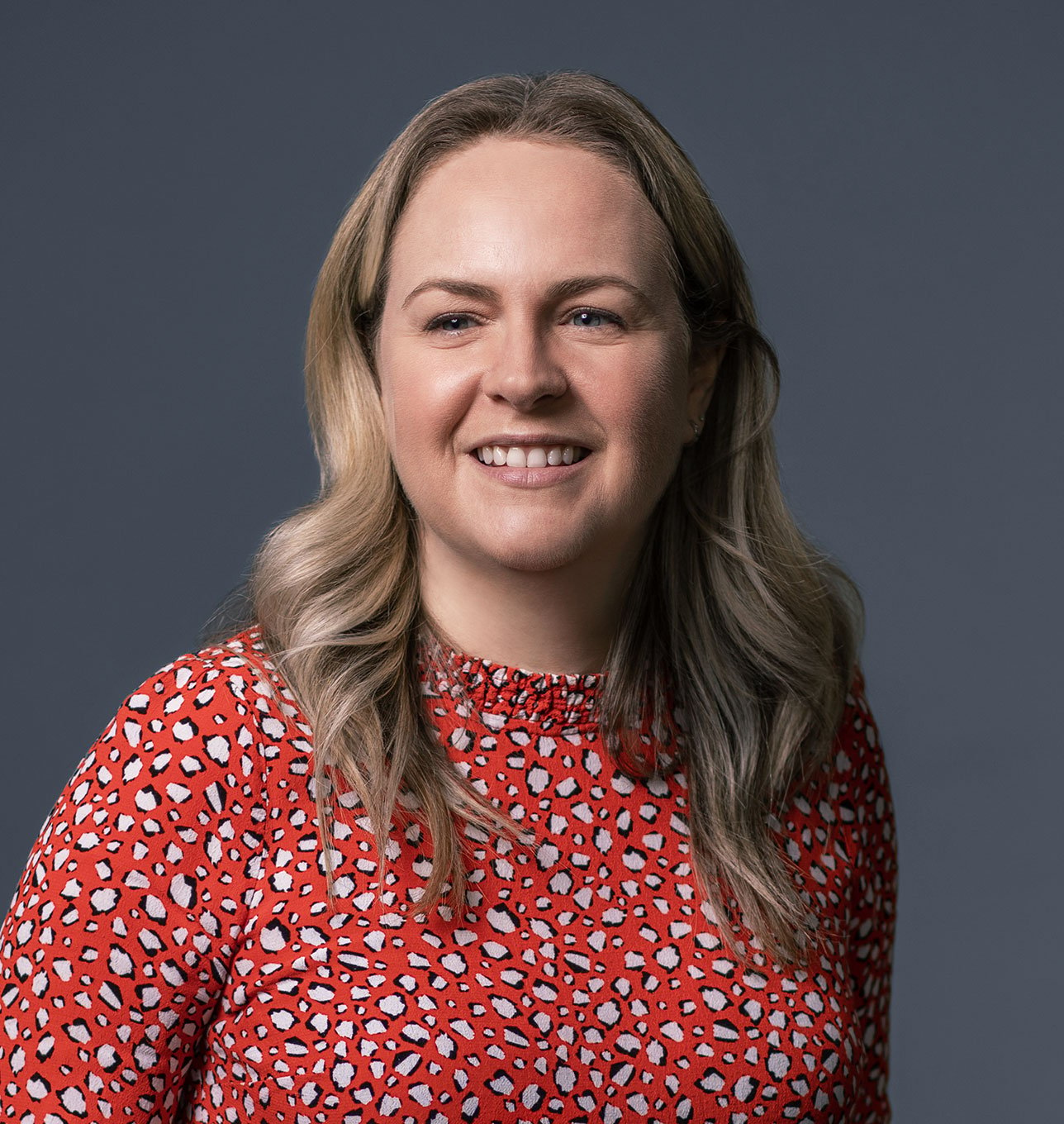Issues affecting all schemes
Pensions dashboards – preparations for connection
As part of its campaign to get the pensions industry “dashboards-ready”, the Pensions Regulator (TPR) has released a series of short films highlighting the difference that dashboards will make to savers. TPR has also set out five actions that trustees should be taking to prepare for their dashboards “connect by” date:
- Start preparing data now – make sure it is accurate, accessible and digital.
- Download TPR’s checklist to keep on track of dashboards preparations.
- Nominate a dashboards contact through TPR’s Exchange portal to receive communications and guidance to help prepare.
- Work with the administrator, AVC providers and others supporting the scheme throughout the process.
- Keep a record of decisions and preparations and maintain oversight at board meetings.
In addition, the Pensions Dashboards Programme has published FAQs on the first connection to the dashboards ecosystem by a pension provider. The FAQs cover:
- What this connection means.
- When more providers and schemes will connect.
- What happens if a provider or scheme misses their “connect by” date.
- What happens next.
Action
Trustees and administrators of schemes that are subject to the dashboards requirements should ensure they know when their “connect by” date is and that preparations to connect by that date are underway.
Company directors – identity verification service
Companies House has launched a service allowing individuals who will be subject to the identity verification requirements under the Economic Crime and Corporate Transparency Act 2023 to voluntarily verify their identity ahead of the mandatory requirement coming into force this autumn. Those who will be subject to the verification requirements include directors of corporate trustees of pension schemes.
Action
Directors of corporate trustees should consider whether to use the voluntary service.
Climate change – TPR report
TPR has published a report outlining the risks related to climate change most relevant to UK pension schemes, as well as the steps it has taken as a regulator to raise standards of investment governance and systemic risk management. The report concludes that there are too many small DC schemes where trustees' knowledge of the scale of financial risks posed by climate change is limited. As a result, TPR is calling on those trustees to upskill or consider consolidating in members’ interests. The report also notes that TPR will continue to:
- Educate and support trustees, questioning their decisions where appropriate.
- Take enforcement action against trustees of schemes that fail to meet statutory duties relating to climate change and wider duties.
- Encourage trustees to go beyond minimum compliance and improve their ability to manage climate change and wider sustainability risks.
- Work with the government, regulators and the industry on initiatives to improve the industry’s management of climate and ESG risks.
Action
No action required.
Professional trustees – TPR oversight
TPR has announced that it will introduce a framework for oversight of professional trustees. It has also published a market oversight report exploring some of the areas where risks to member outcomes could arise in relation to professional trustees including:
- Relationships with employers.
- Profit and remuneration models.
- Sole trusteeship.
- In-house advisers.
- Scheme decision-makers.
Starting this summer, TPR’s Market Oversight team will establish ongoing supervisory relationships with professional trustee firms with the aim of covering all firms by the end of the year.
Action
No action required.
TPR – approach to innovation
In a recent speech, TPR provided further details of its approach to innovation. Key points included:
- TPR plans to launch an innovation hub this summer and facilitate and test a range of innovation services with the market.
- The hub will focus on two areas in particular: emerging models and decumulation.
- TPR’s goal over time is to enable emerging models to come to market in an efficient way by introducing a step by step and transparent process for engaging with TPR.
- For decumulation, TPR wants “a sat-nav for retirement” – a dynamic system that guides the way, adjusting for people and where they want to go.
Action
No action required.
Issues affecting DB schemes
DB funding – TPR annual statement
TPR has published its 2025 DB funding statement. The statement is targeted at DB schemes undergoing valuations with effective dates between 22 September 2024 and 21 September 2025. However, it is relevant to all DB schemes as it includes information about TPR’s new DB funding code of practice and its updated covenant guidance. Key points include:
- Most schemes continue to see positive funding levels. On this basis, TPR expects most schemes to be shifting their focus from deficit recovery to endgame planning.
- However, trustees should keep in mind the potential for heightened trade and geopolitical uncertainty and understand any risks to the scheme’s investment strategy and employer covenant.
- Around 80% of schemes should be able to submit their valuations under the Fast Track route.
- TPR has provided further information to support trustees and employers undertaking and submitting their valuation under the new DB funding regime.
- TPR will be risk-based and outcome-focused when deciding which schemes to interact with.
For more information, please see our legal update.
Action
Trustees and employers of DB schemes, particularly those with a valuation with an effective date between 22 September 2024 and 21 September 2025, should review the statement.
GMP equalisation – timescales for completion
The Pensions Ombudsman (TPO) has partially upheld a member’s complaint regarding a scheme’s GMP equalisation exercise. The member had complained that the scheme’s proposed timeframe for completing the exercise was excessive. TPO concluded that GMP equalisation is a difficult and complicated project, and it is important to ensure it is carried out correctly. Therefore, although it should not be unnecessarily delayed, it is understandable that it will take a reasonable period to implement. He did not consider that the scheme’s equalisation exercise had been unreasonably delayed.
However, TPO also concluded that the scheme trustee had agreed to keep the member updated on the progress of the equalisation exercise but had not done so. This constituted maladministration which had caused the member unnecessary distress and inconvenience. TPO directed the scheme to pay the member £500 in compensation for this distress and inconvenience.
Action
Where trustees have committed to keeping members updated on the progress of their GMP equalisation exercise, they should ensure that they do so.
DB superfund transfers – easing the process
TPR has published a blog post on how trustees can make a transfer to a DB superfund run as smoothly as possible. Based on its experience of the first three superfund transactions, TPR has identified some friction points, in particular uncertainty among trustees and employers about what TPR needs. The post seeks to clarify TPR’s expectations around certain aspects of a superfund transfer, including:
- Gateway tests 1 and 3.
- Carrying out due diligence on superfunds.
- The rationale for transferring.
- The transfer terms.
Action
No action required, but trustees and employers of schemes that are considering a transfer to a DB superfund may find the post helpful.
Ill-health early retirement – employer duties
The High Court has held that, while it was arguable that an employer owed its employee a duty to exercise reasonable care and skill in deciding whether the employee had been dismissed for incapacity for the purposes of the ill-health early retirement (IHER) rule in the employer’s pension scheme, that duty was not open-ended and continuing. As such, the member’s claim that the employer’s decision that he was not dismissed for incapacity (made in 2002 and affirmed in 2008) was negligent and/or irrational was time-barred.
The court also held that the employee had not suffered a continuing loss each month. His alleged loss was the IHER pension, and he suffered that loss when the employer’s decision regarding incapacity was made. The fact that the pension would have been payable monthly for the rest of his life (subject to the possibility of suspension, revocation or reduction) did not mean that he suffered a fresh loss every month.
Action
No action required.
Buy-ins and buy-outs – data readiness
The Pensions Administration and Standards Association has published an updated and expanded version of its guidance on data readiness for buy- ins and buy-outs. The updated guidance offers deeper insight into the data elements insurers typically consider critical for ensuring a smooth and successful transaction.
Action
No action required but trustees and administrators of schemes contemplating a buy-in or buy-out may find the guidance helpful.
Issues affecting DC schemes
Small DC pots – automatic consolidation system
The Small Pots Delivery Group has published a report outlining its recommendations for the proposed system for the automatic consolidation of small DC pots. (The Group was formed to support the government with development and design of the multiple default consolidator policy.) The Group’s proposed system will operate as follows:
- Schemes will identify eligible deferred pots that they are holding and send details of the relevant members to the Small Pots Data Platform (SPDP). To be eligible, a pot must (among other things) have been created in a scheme that was being used for automatic enrolment, have been deferred for at least 12 months, and have a value of at least £1,000.
- If the member already has an allocated consolidator scheme, the SPDP will notify the scheme of the member’s consolidator scheme. The scheme will then notify the member that they have a pot that is eligible for consolidation and that the pot will be transferred to their consolidator scheme unless they opt out. If the member does not opt out, the scheme will transfer the pot to the consolidator scheme. If the member opts out, the pot will remain in the scheme.
- If the member does not already have an allocated consolidator scheme, the scheme will notify the member that they have a pot that is eligible for consolidation and that the pot will be transferred to a consolidator scheme unless they opt out. The member will also be asked if they wish to nominate a consolidator scheme. If the member does not opt out, the scheme will transfer the pot to either:
- The consolidator scheme nominated by the member.
- If the member does not nominate a scheme, to a consolidator scheme allocated by the SPDP.
If the member opts out, the pot will remain in the scheme.
- In all instances where a pot is transferred to a consolidator scheme, the transferring scheme will be required to notify the member that the transfer has been made and the consolidator scheme to which it has been made.
The government has largely accepted the recommendations, including the need to conduct a feasibility review in relation to some of the more detailed aspects of the system. While the legislative framework for the new system will be included in the Pension Schemes Bill, the government intends to adopt a phased approach to implementation, with the final decision on implementation timelines being set out in regulations after further consultation with the industry. The government anticipates that the duties on schemes to transfer and consolidate eligible pots will come into force from 2030.
Action
Trustees of DC schemes should monitor further announcements on the proposed system.
Mayer Brown news
Mayer Brown Updates
Mayer Brown has been nominated for the “Pensions Lawyers of the Year” award at the UK Pensions Awards 2025. We have also been nominated for the “Educational and Thought Leadership Initiative of the Year” award for our client guidance note on the Virgin Media ruling. The awards ceremony will take place on 12 June.
Mayer Brown Insights
All our Insights are available here.



